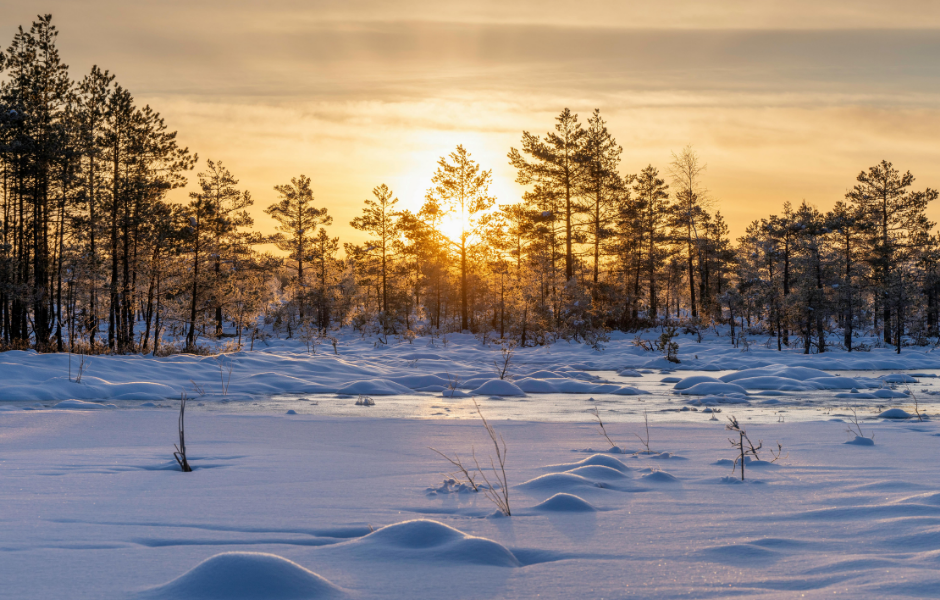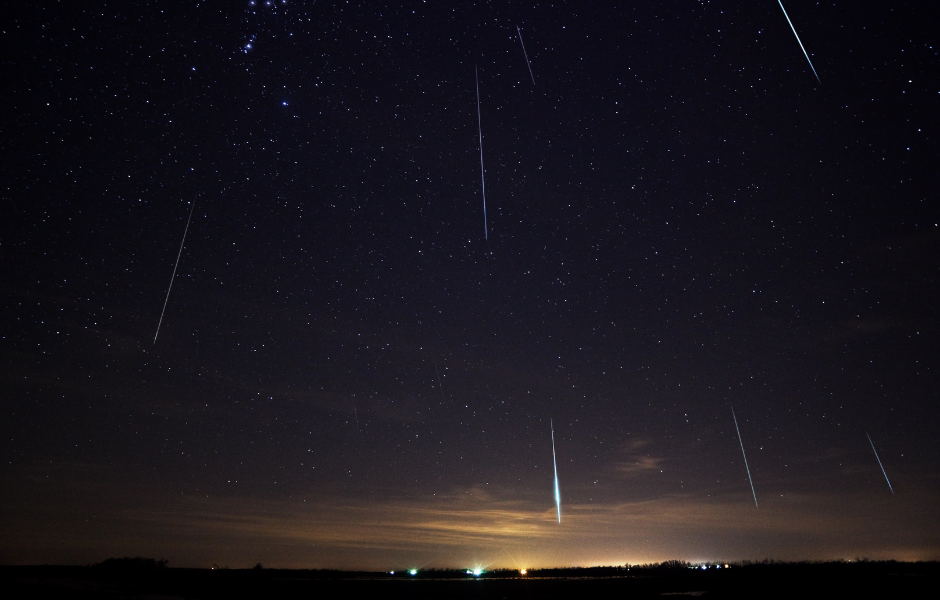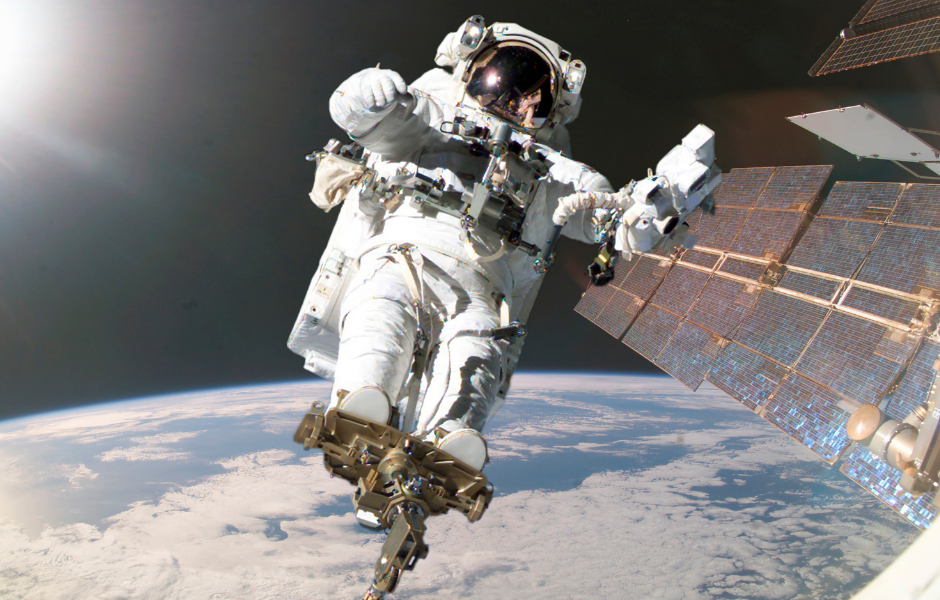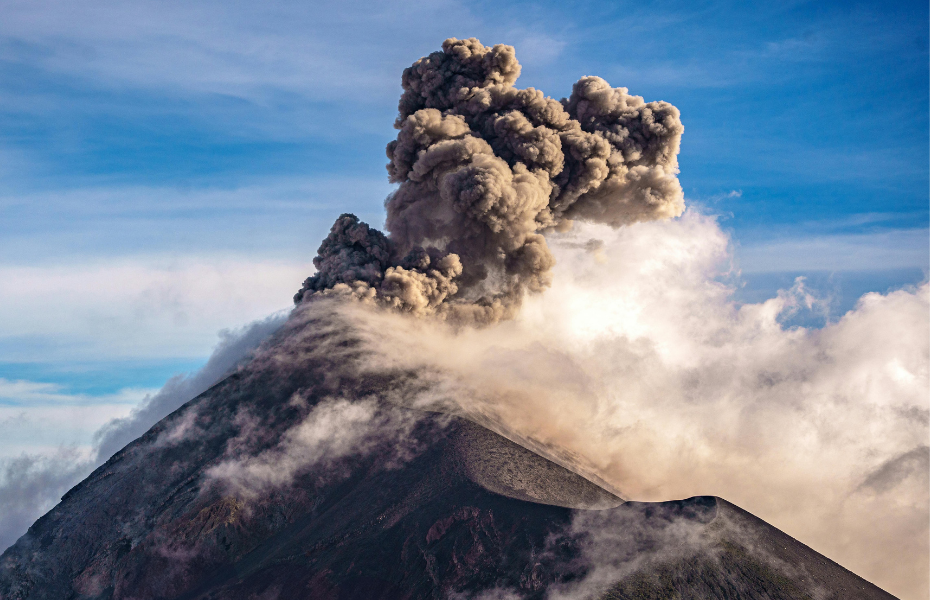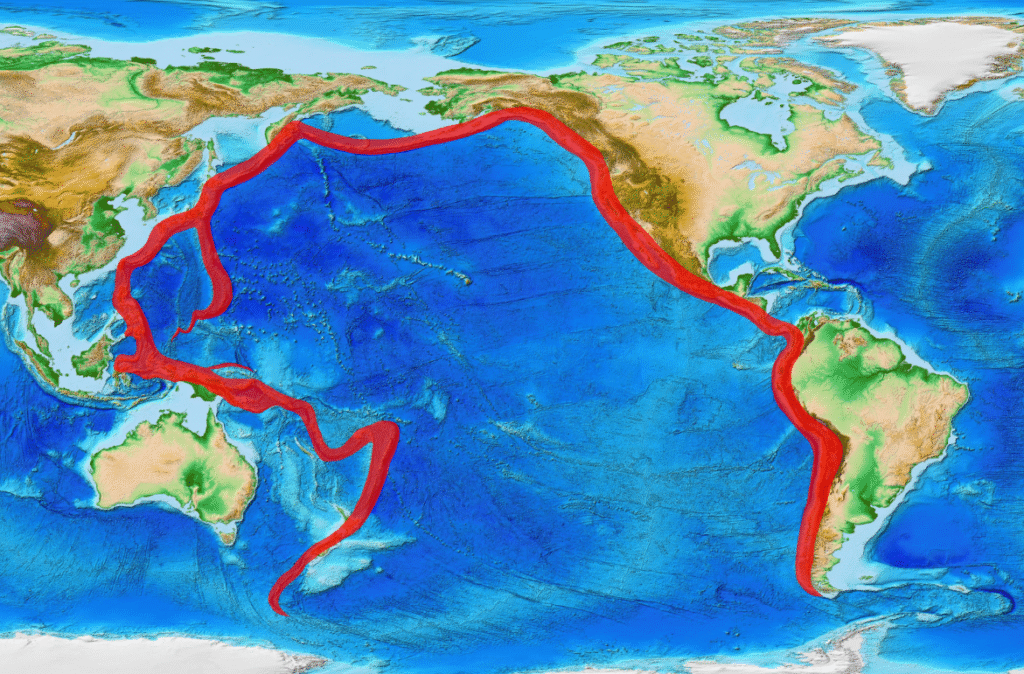
This children’s article, A kids’ guide to the Pacific Ring of Fire, has been written for native English speakers and learners of English as a second or foreign language. It can help children build vocabulary, learn about volcanoes and earthquakes, and explore one of the most active areas on Earth. Written by Mark Pulley, a teacher and writer who creates fun and informative news articles for English learners.
What is the Pacific Ring of Fire?
The Pacific Ring of Fire is a giant loop of volcanoes and earthquake zones that circles the edges of the Pacific Ocean. It’s shaped like a horseshoe and runs through countries like Chile, the USA, Japan, the Philippines, and New Zealand.
About 75% of the world’s active volcanoes are found along this ring, and most of the world’s strongest earthquakes happen here too. That’s why it’s called the “Ring of Fire”.
Why is it so active?
The Earth’s crust is made of big pieces of land called tectonic plates. These plates are always moving, and many of them meet under the Pacific Ocean. When plates crash into each other, one can slide under another. This causes pressure to build up, and boom!! An earthquake or volcanic eruption can happen.
This is called subduction, and it’s the reason so many natural disasters happen in the Ring of Fire.
Do people live near it?
Even though it sounds scary, over 800 million people live near the Ring of Fire! Many people live there because of the good farming soil from volcanoes, rich sea life, and exciting cities. Places like Tokyo, San Francisco, and Santiago are all near or inside the Ring of Fire.
Some of the most famous volcanoes in the world are found here too, like Mount Fuji in Japan and Mount St. Helens in the United States.
Is it dangerous?
Yes, but people are learning how to live with it. Countries in the Ring of Fire have strong buildings, warning systems, and evacuation plans to stay safe during earthquakes and eruptions. Scientists also study volcanoes and watch for signs that one might erupt.
Living there takes planning, but millions of people do it every day.
Fun facts
- There are 452 volcanoes in the Ring of Fire!
- The biggest earthquake ever recorded (in Chile, 1960) happened there.
- The Ring of Fire is about 40,000 km long—almost as long as Earth’s entire circumference!
- Some volcanoes in the ring are underwater and can grow into islands.
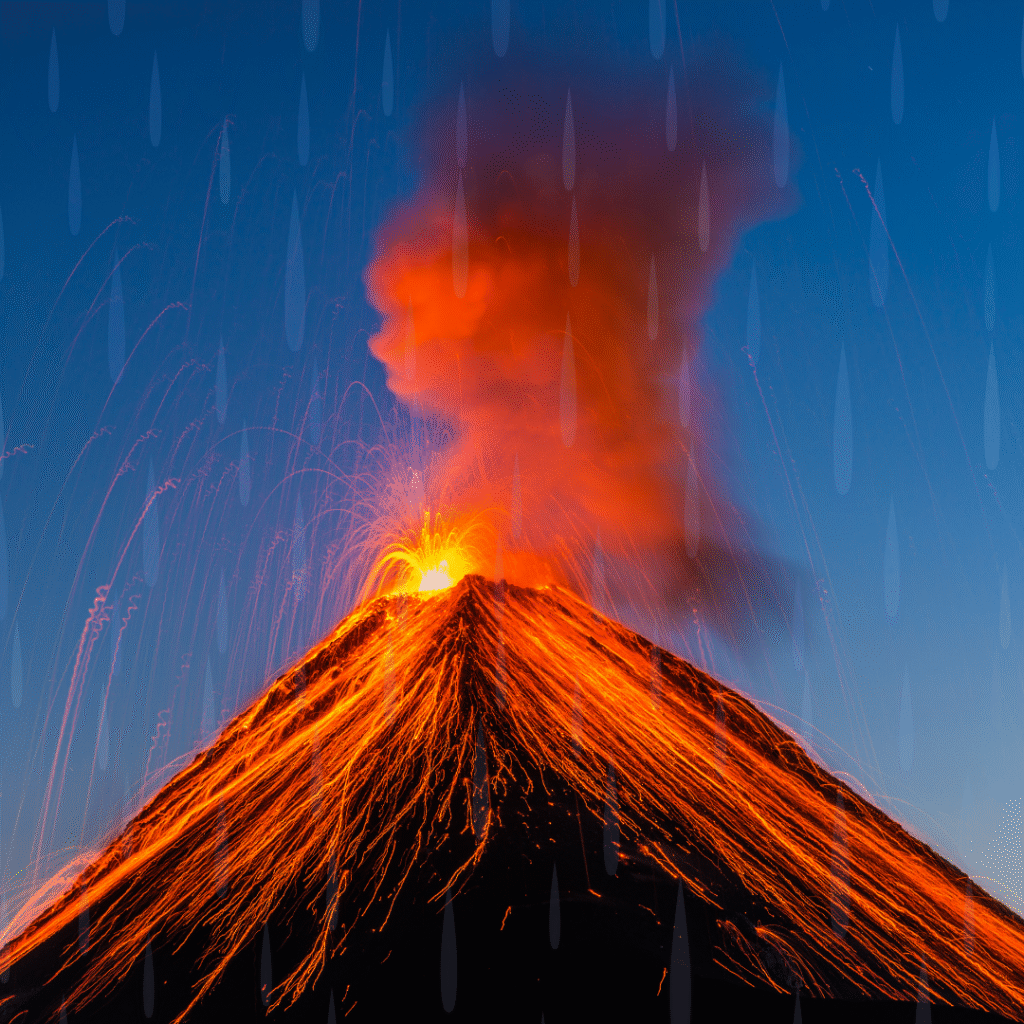
Article vocabulary list
- Volcanoes – Mountains that can erupt with lava, gas, and ash
- Earthquake – A sudden shaking of the ground
- Tectonic plates – Huge pieces of Earth’s surface that move slowly
- Subduction – When one tectonic plate slides under another
- Active – Still working or doing something (like a volcano that could erupt)
- Eruption – When lava and gas come out of a volcano
- Evacuation – When people leave an area to stay safe
- Warning system – A way to alert people about danger
Comprehension questions
Just click the plus (+) to see the answer
1. What shape is the Ring of Fire?
a) Triangle
b) Horseshoe
c) Square
Answer: b) Horseshoe
2. What causes the earthquakes and volcanoes in the Ring of Fire?
a) Moving tectonic plates
b) Heavy rainfall
c) Too much lava underground
Answer: a) Moving tectonic plates
3. How many volcanoes are in the Ring of Fire?
a) 150
b) 250
c) 452
Answer: c) 452
4. Why do people live near the Ring of Fire?
a) Because there are no earthquakes
b) Because the land is good and cities are there
c) Because volcanoes are fun
Answer: b) Because the land is good and cities are there
5. What is subduction?
a) When lava shoots into the sky
b) When one plate slides under another
c) When an earthquake hits a volcano
Answer: b) When one plate slides under another
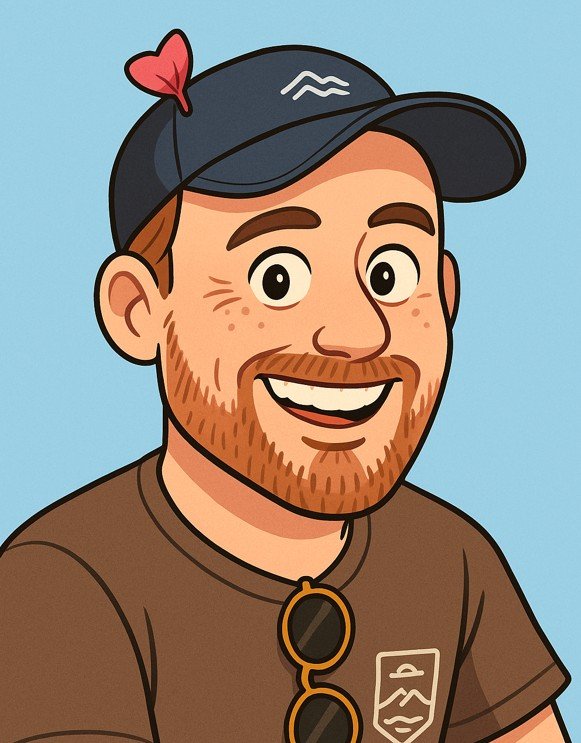
Mark is a writer and EFL teacher from England with eight years’ experience. He’s passionate about travel, sport (especially football), animals, nature, and history, and enjoys helping children explore the world through language and learning.

